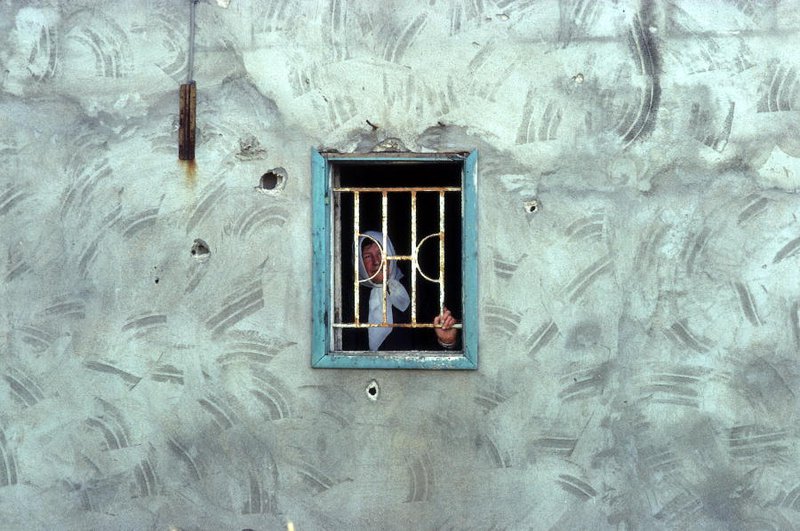Prindex Researcher Joseph Feyertag sets out some key findings from his latest paper 'How perceived tenure security differs between men and women in the MENA region'
It is for good reason that gender is a major theme at this week’s Arab Land Conference. Around just 5% of women own land or property in the region – one of the lowest rates in the world.
Yet, little is known about how Arab women experience land rights, and rarely are they asked – despite two SDG targets designed to monitor perceptions of land rights among men and women.
Last year, the property rights index Prindex set out to change this with a global survey of 140 countries. Our new analysis of the responses from over 6,000 women living in 13 Arabic-speaking countries will be presented at Arab Land Conference today.
Here are three main takeaways from the research:
- Men and women experience ‘ownership’ differently in the Arab region, affecting how secure they feel. Over half the adult women surveyed said they live in ‘family-owned’ accommodation, while men are far more likely to consider themselves individual or joint owners. This affects how secure men and women feel about their rights. Among owners, 17% of women said it was likely that they would be asked to leave their property against their will in the next five years, compared to just 13% of men.
- Young, financially dependent women and those who rent are at risk of losing their rights. Being young is a risk factor for women who own or who live with family. One in five young women (20%) aged 18-25 feel insecure compared to 12% of young men. Women in the lowest income brackets (22%) or those that are out of work (27%) also feel more vulnerable about their land and property rights than equivalent groups of men (15% and 17% respectively). Men and women who live in rental accommodation are often overlooked in land data. We found extreme levels of insecurity within this group, as high as 69% in Lebanon, likely influenced by conflict as well as gendered patterns of voluntary and involuntary migration. This differs from country to country and includes men migrating to work in construction and women to work in domestic settings.
- Special attention should be paid to threats faced by women from within the family or community. Our analysis shows that changes in family structure or social status trigger fears of eviction. Almost 40% of married women feel insecure about their land and property rights in the event of a divorce in the Mashreq region (Northeast Africa and Western Asia), compared to just 7% of married men. Governments and development partners in the region should tackle gender inequality in family law, as well as practices that put pressure on daughters and sisters to voluntarily renounce their inheritance rights.
Excluding women from ownership and productive land use blocks an important path out of poverty. Strengthening land rights for women gives them a greater say in household decision-making, which has been shown to pay dividends across a host of economic, social, and environmental development goals. Empowering half the economy with equal land rights would give a huge boost to the region overall.
This blog was originally posted on the Prindex website.

